In the month that saw Olympic gold medal winner, Bradley Wiggins, and his mentor, Shane Sutton both hospitalised after colliding with vehicles in separate incidents, the Jones & Jones Optometrists are helping to raise awareness of the importance of driving with good vision by urging people to have a sight test during Road Safety Week. Coordinated by charity BRAKE, Road Safety Week is the UK’s flagship road safety event which takes place from 19-25 November 2012.
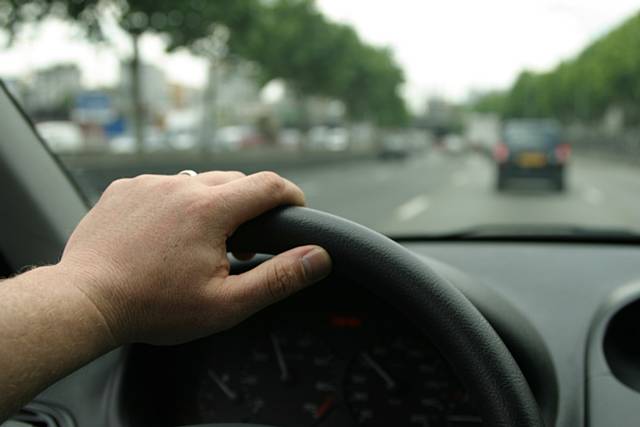 Good eyesight is essential for safe driving and poor vision can impair your driving performance. New research shows that drivers with poor eyesight are 62% more likely to stray out of their lane when driving. Road crashes caused by poor driver vision cost the UK an estimated £33 million a year and result in nearly 2,900 casualties, with official tests to identify and rectify the problem in need of urgent reform. You are responsible for ensuring that your vision meets the specified minimum requirements every time that you drive.
Good eyesight is essential for safe driving and poor vision can impair your driving performance. New research shows that drivers with poor eyesight are 62% more likely to stray out of their lane when driving. Road crashes caused by poor driver vision cost the UK an estimated £33 million a year and result in nearly 2,900 casualties, with official tests to identify and rectify the problem in need of urgent reform. You are responsible for ensuring that your vision meets the specified minimum requirements every time that you drive.
The current UK standard for Group 1 (car and motorcycle) drivers is the ability to read in good light (with the aid of spectacles or contact lenses, if worn) a number plate at:
- 20m for vehicles displaying the new-style number plate
- 20.5m for vehicles displaying the old-style number plate
Different standards apply to Group 2 (lorry and bus) drivers, who require a documented assessment of vision to renew their licence.
Here are some common eye conditions and the effect they might have on your driving ability:
|
Condition |
Incidence |
Common Symptoms |
Effect on |
| Short-sight (Myopia) |
Incidence varies by age or ethnicity – myopia usually develops in childhood or adolescence | Blurred distance vision |
Uncorrected myopia can cause problems reading road signs or street names Twilight or night driving can be difficult |
| Long-sight (Hypermetropia) |
Incidence varies by age Spectacles may be needed full-time or just for near vision |
Uncorrected long-sightedness can cause blurred distance vision and headaches |
Uncorrected long sight can cause difficulty reading street names or signs or eyes can feel tired |
| Cataract |
2.5 million people aged 60 and over |
Cloudy, hazy vision Glare from bright lights Change in colour perception |
Difficulties regularly reported with night driving or in poor weather or bright sunlight |
| Glaucoma |
2% of population over 40, rising to 10% over 75
|
Often without any symptoms in the early stages May have haloes about lights Acute glaucoma attack can be severely painful |
Glare or difficulties driving at night Loss of peripheral vision can cause difficulties maintaining lane |
| Macular Degeneration |
1.49 million in UK2 (mostly aged 65 and over) |
Problems seeing detail, vision blurred in centre or distorted vision |
Problems with night driving or seeing road signs or recovery from bright light |
| Diabetes–Related Eye Disease |
748,000 have diabetic retinopathy |
Variable or blurred vision Can be without symptoms |
Problems often reported with night driving |
There are a range of other eye conditions that can affect driving performance. If you notice or suspect any change in your vision, do not delay, give us a ring on 01446 400015 for an appointment.


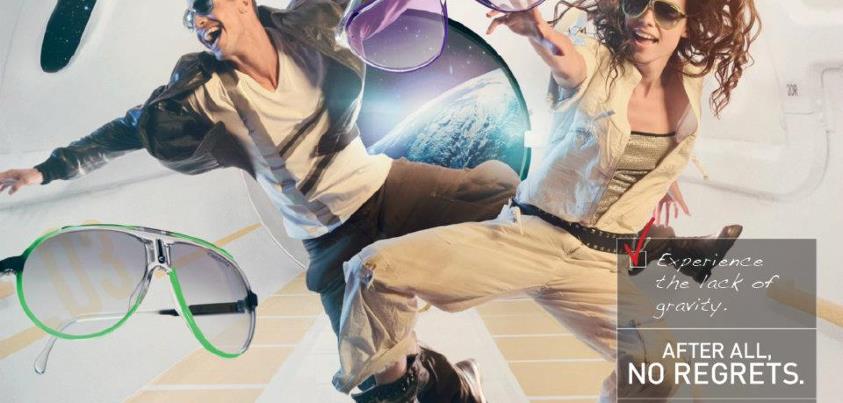
 When I grow up… pilot, fire fighter, train driver, police officer?
When I grow up… pilot, fire fighter, train driver, police officer?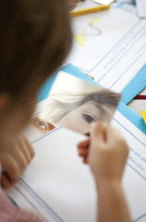 It is estimated that 1 million children will return to school this year with an undiagnosed vision problem. Poor eyesight can have a significant effect on children’s ability to learn and on their behaviour – yet often goes unrecognised by teachers, parents and by the children themselves. Children may not be aware of or may not be able to explain their vision difficulties and a parent or teacher may not notice any problems.
It is estimated that 1 million children will return to school this year with an undiagnosed vision problem. Poor eyesight can have a significant effect on children’s ability to learn and on their behaviour – yet often goes unrecognised by teachers, parents and by the children themselves. Children may not be aware of or may not be able to explain their vision difficulties and a parent or teacher may not notice any problems.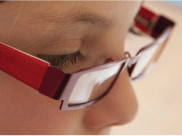 Sight Tests are free for all children under the age of 16. Parents can take their children along to a local optometrist or optician for a free NHS Sight Test. Optometrists and opticians in the community are qualified to examine the eyes of all children, paid for by the NHS. Help towards the cost of glasses is also available on the NHS for all children. Toddlers and young children do not need to be able to read, as an eye examination can be carried out using pictures.
Sight Tests are free for all children under the age of 16. Parents can take their children along to a local optometrist or optician for a free NHS Sight Test. Optometrists and opticians in the community are qualified to examine the eyes of all children, paid for by the NHS. Help towards the cost of glasses is also available on the NHS for all children. Toddlers and young children do not need to be able to read, as an eye examination can be carried out using pictures.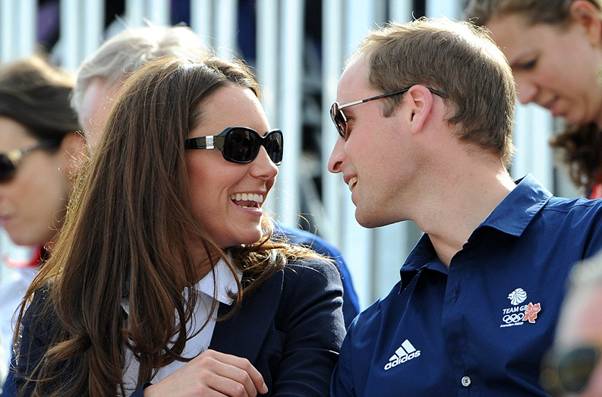 Following the recent imagery of both Kate Windsor and Pippa Middleton wearing Givenchy sunglasses at the men’s Wimbledon final, Kate was yesterday seen wearing Givenchy again whilst enjoying the Olympic Equestrian Eventing at Greenwich Park.
Following the recent imagery of both Kate Windsor and Pippa Middleton wearing Givenchy sunglasses at the men’s Wimbledon final, Kate was yesterday seen wearing Givenchy again whilst enjoying the Olympic Equestrian Eventing at Greenwich Park.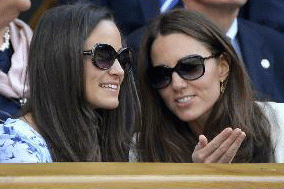

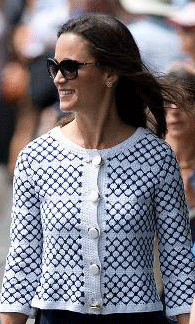


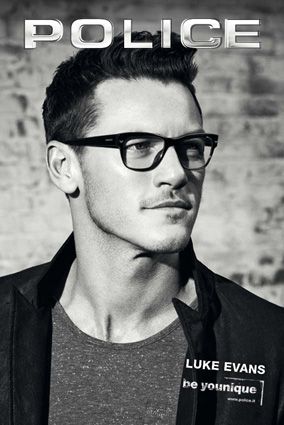 Founded in 1983, Police stood out immediately as a brand with distinctive autonomous qualities; it entered an already crowded market though soon began to be loved and appreciated worldwide for its decisively underground feel. It stood out with its street style and amazed the general public with its blue lenses that appealed to everyone; this is where the long and extraordinary history of Police began, a brand that has been superbly represented over the years by icons of the showbiz, fashion and sports world, all having something in common, namely the uniqueness of being unique.
Founded in 1983, Police stood out immediately as a brand with distinctive autonomous qualities; it entered an already crowded market though soon began to be loved and appreciated worldwide for its decisively underground feel. It stood out with its street style and amazed the general public with its blue lenses that appealed to everyone; this is where the long and extraordinary history of Police began, a brand that has been superbly represented over the years by icons of the showbiz, fashion and sports world, all having something in common, namely the uniqueness of being unique.
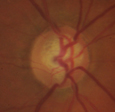 Glaucoma is the name given to a group of conditions in which the optic nerve suffers a characteristic form of damage at the back of the eye that is often associated with a raised level of intraocular pressure. It can cause irreversible vision loss if left untreated. Fortunately glaucoma is easily treated with eye drops if diagnosed early but despite this it is still one of the biggest causes of blindness in the developed World.
Glaucoma is the name given to a group of conditions in which the optic nerve suffers a characteristic form of damage at the back of the eye that is often associated with a raised level of intraocular pressure. It can cause irreversible vision loss if left untreated. Fortunately glaucoma is easily treated with eye drops if diagnosed early but despite this it is still one of the biggest causes of blindness in the developed World.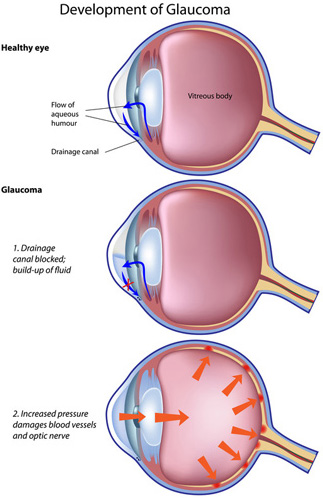
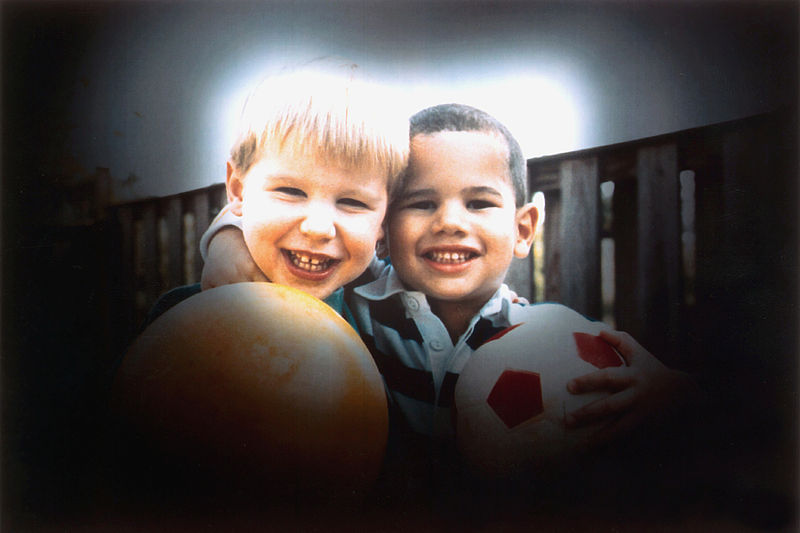 The optic nerve damage causes patchy loss of vision that varies in severity from patient to patient. Most patients with glaucoma are not aware of problems with their vision. This is because the damage that occurs with glaucoma has a slow time course and the central vision (for reading and recognising people) is only affected when glaucoma has advanced to a late stage.
The optic nerve damage causes patchy loss of vision that varies in severity from patient to patient. Most patients with glaucoma are not aware of problems with their vision. This is because the damage that occurs with glaucoma has a slow time course and the central vision (for reading and recognising people) is only affected when glaucoma has advanced to a late stage. luxury brand known for its haute couture, ready-to-wear collections for men and women and fashion accessories. Its iconic little black dress became a rage all over the fashion world after Hollywood actress, Audrey Hepburn wore it in the old classic, “Breakfast at Tiffany’s.”
luxury brand known for its haute couture, ready-to-wear collections for men and women and fashion accessories. Its iconic little black dress became a rage all over the fashion world after Hollywood actress, Audrey Hepburn wore it in the old classic, “Breakfast at Tiffany’s.”
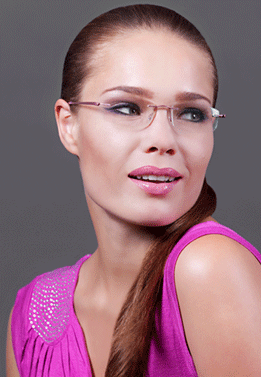 Zuma is the essence of London inspired eyewear design. Concepts created by exciting new designers from the Royal college of Art and the London Institute of Art working closely with Optical professionals and product engineers, we always aim to deliver fresh exciting designs with a chic appeal.
Zuma is the essence of London inspired eyewear design. Concepts created by exciting new designers from the Royal college of Art and the London Institute of Art working closely with Optical professionals and product engineers, we always aim to deliver fresh exciting designs with a chic appeal.